MG Comet EV Gets New Fast Charging Variants in India; Price Starts at Rs 8.24 Lakh
Upon launch last year, the MG Comet EV's slow 3.3kW AC charger was the only accessible option. However, the vehicle can now be juiced up from 0 to 100 per cent in less than 3.5 hours using the new 7.4kW AC fast charging option.
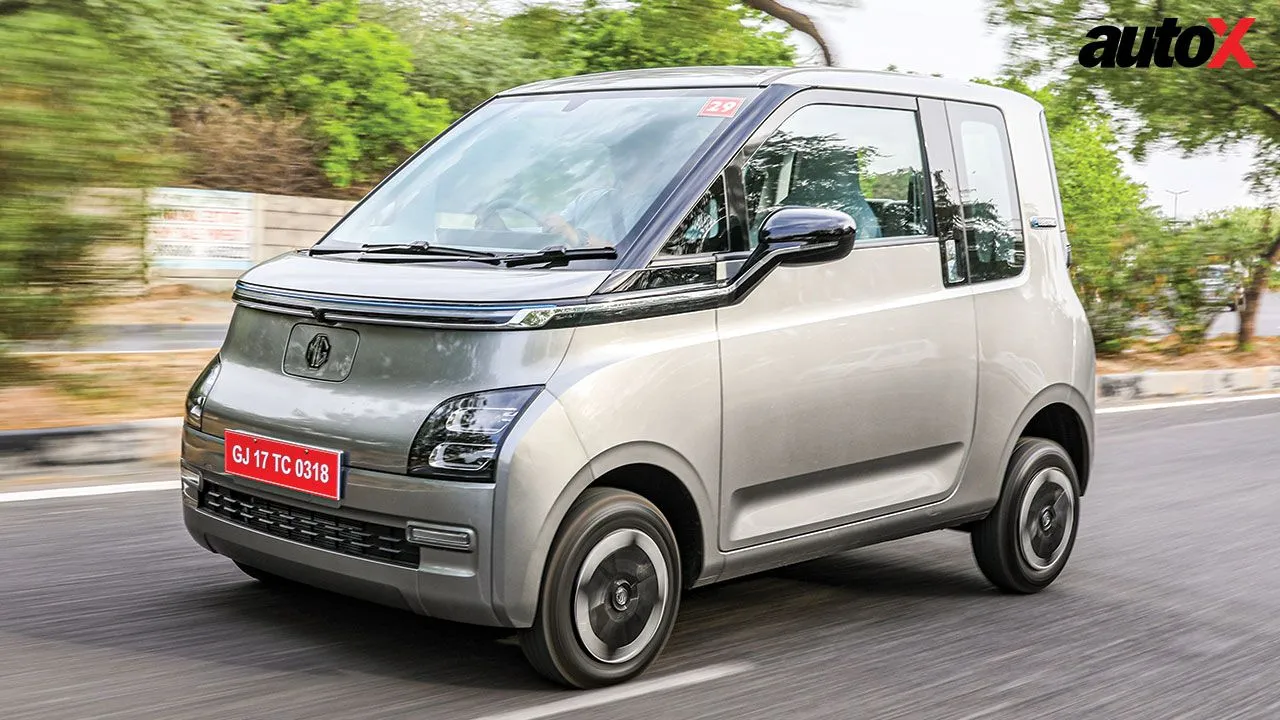
MG Motor India recently announced a significant expansion of its electric vehicle lineup. According to the firm, adding more EVs to its inventory will help the brand improve consumer value and accessibility. As part of the latest update, the Comet EV, the firm's most affordable electric vehicle, has been enhanced with rapid charging. The Excite FC and the Exclusive FC variants of the hatchback come with a new fast-charging capability. In terms of pricing, the former trim costs Rs 8.24 lakh, whereas the latter one is priced at Rs 9.14 lakh. With this, the price range of the car starts at Rs 6.99 lakh and goes up to Rs 9.14 lakh. All mentioned prices are ex-showroom figures.
Speaking on the addition of new variants, Gaurav Gupta, Deputy Managing Director, MG Motor India, said, “MG is committed to continuously innovating and offering exciting products to customers at attractive value propositions. After taking customer feedback, using market insights and industry analysis, we have introduced the new variants of our EVs- MG ZS and Comet. Along with our products, we significantly emphasise building EV awareness and establishing a robust EV ecosystem to make EV usage more convenient and accessible."'
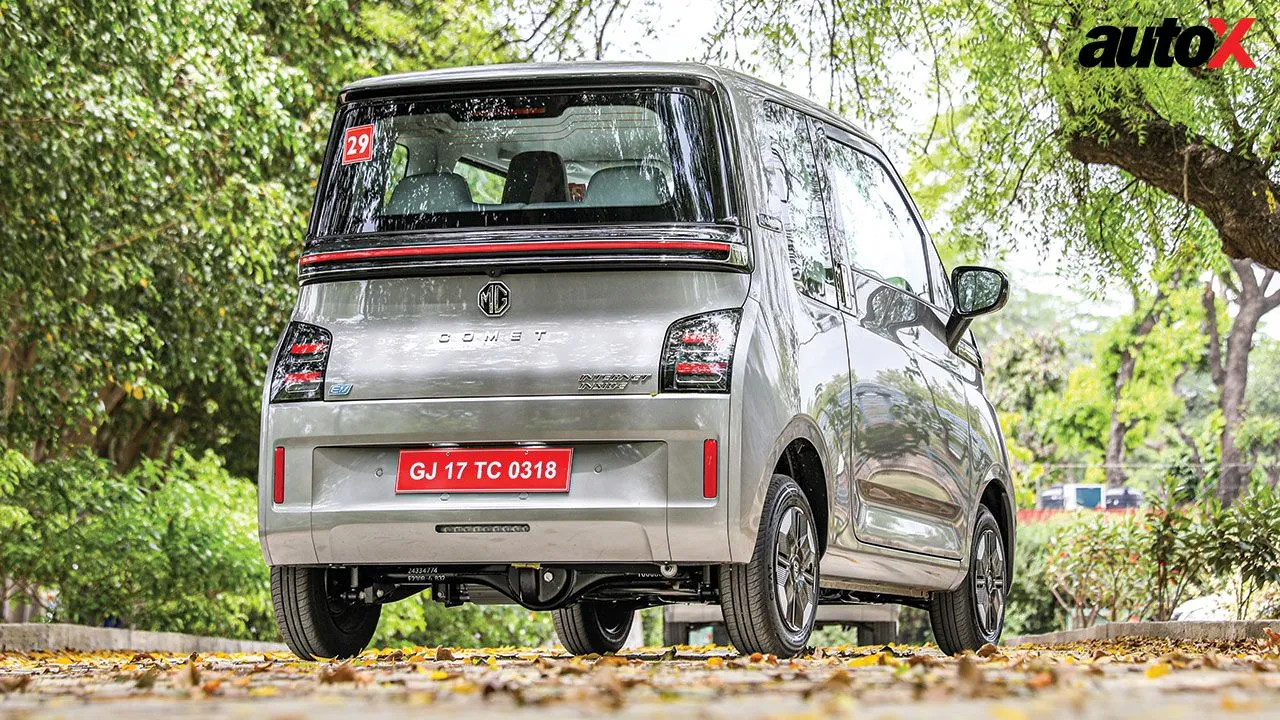
MG Comet New FC Variants: Key Details
The Comet was previously offered in three trim levels: Pace, Play, and Plush. These have now been changed to Executive, Excite, and Exclusive variants, respectively. The new Exclusive trim costs Rs 20,000 more than the outgoing Plush trim, however, the prices of the Executive and Excite trims stay the same as the old Pace and Play variants.
Upon launch last year, the Comet EV's slow 3.3kW AC charger was the only accessible option. However, the vehicle can now be juiced up from 0 to 100 per cent in less than 3.5 hours using the new 7.4kW AC fast charging option, compared to 7 hours with the previous charger. Furthermore, with a single charge from the 17.3kWh battery pack, the range stays at 230-kilometre. A single PMS (Permanent Magnet Synchronous) motor placed over the rear axle powers the MG model. The unit is capable of producing 42bhp of maximum power and 110Nm of peak torque. It further claims a top speed of 100km/h.
A few significant feature upgrades have also been made to the fast-charging versions compared to the standard versions. Disc brakes on the back, an electronic parking brake, electronic stability control (ESC), hill-hold control, power folding wing mirrors that are now body-coloured, and a creep mode are among them. Consequently, the top-of-the-line MG Comet Exclusive FC model is now Rs 56,000 more expensive.
MG Comet EV: Dimensions and Design
The electric hatchback's dimensions stand at 2,974mm in length, 1,505mm in width, and 1,640mm in height. Its wheelbase measures 2,010mm. Speaking of design cues, the Comet is based on the Global Small Electric Vehicle (GSEV) platform developed by SAIC. It sports a boxy appearance and is equipped with a full-width LED strip, disc brakes, elegant headlamps, and a bumper that is easy to detect up front. In addition, the car features drum brakes, LED lighting, and 12-inch alloy wheels. The suspension consists of multi-link coils in the back and McPherson struts in the front.
MG Comet EV: Cabin and Features
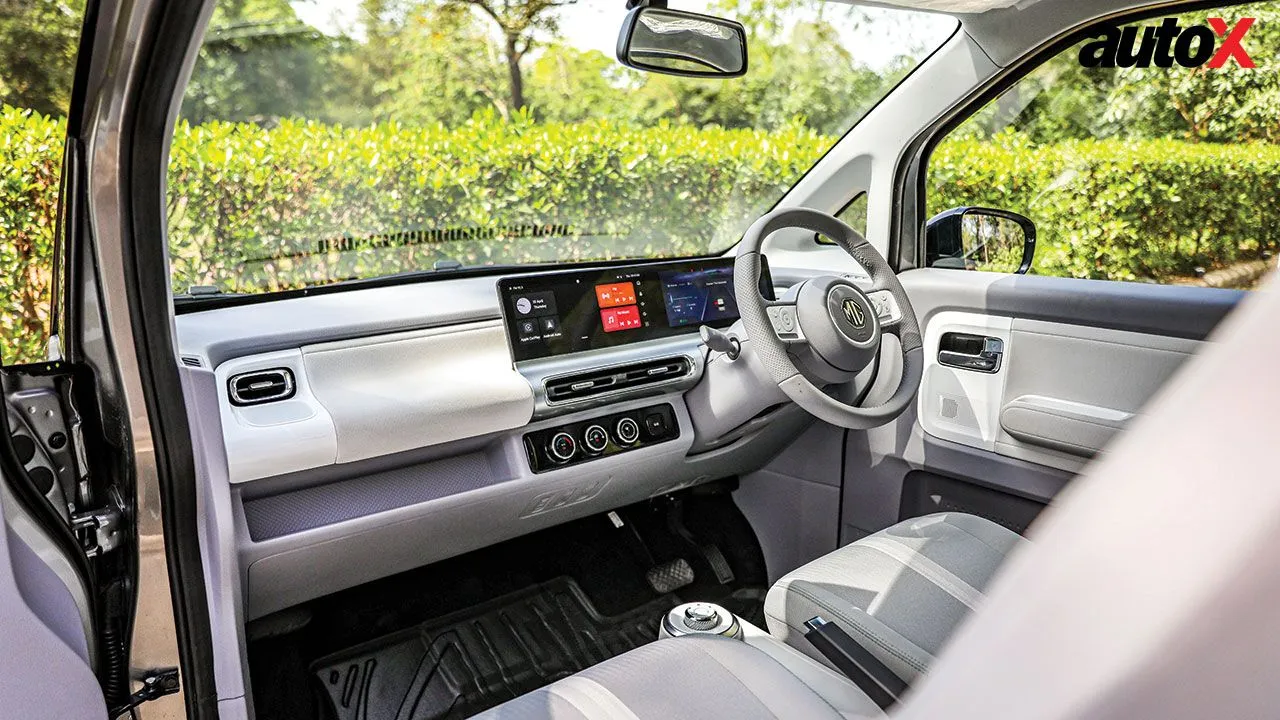
Inside, the cabin is equipped with two 10.25-inch digital displays for the infotainment system and instrumentation, as well as a two-spoked steering wheel with pod-like controls. With three customisable pages, voice control, navigation, and widgets are all supported by the infotainment system. Additional amenities include a 12-volt charging port, rotary dial manual air conditioning, an illuminated MG logo, a reverse parking camera, and over fifty-five connected car features.
Meanwhile, the safety quotient is enhanced by 17 hot stamping panels, dual front airbags, ABS with EBD, ISOFIX child mounts, a tyre pressure monitoring system (TPMS), and 3-point seat belts on both the front and back seats.
MG Comet EV: Competition Check
In the race for the lead spot in the urban EV market, the Comet EV faces off against the Citroen eC3, the Tata Tiago EV, and the Tigor EV.
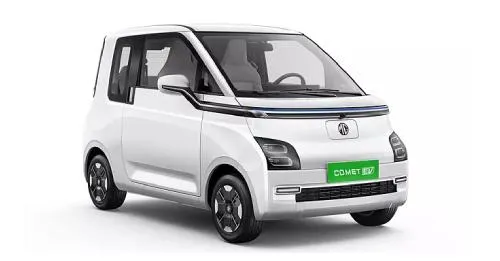
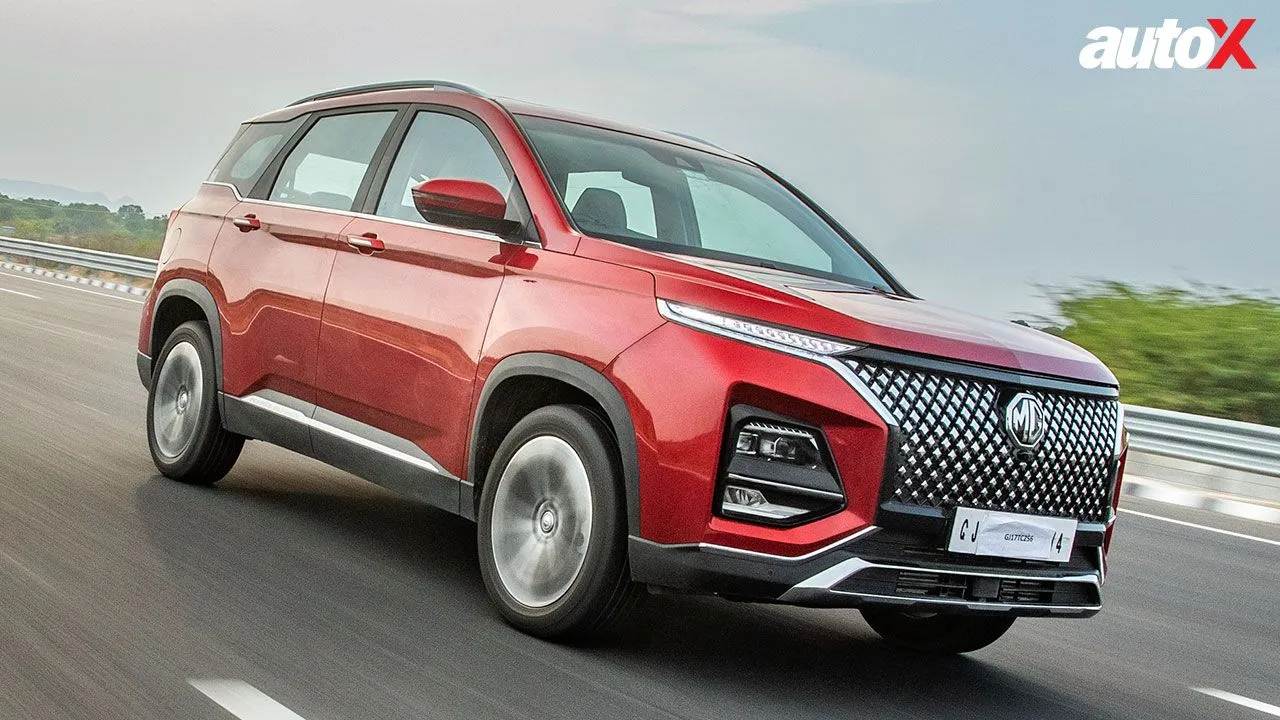

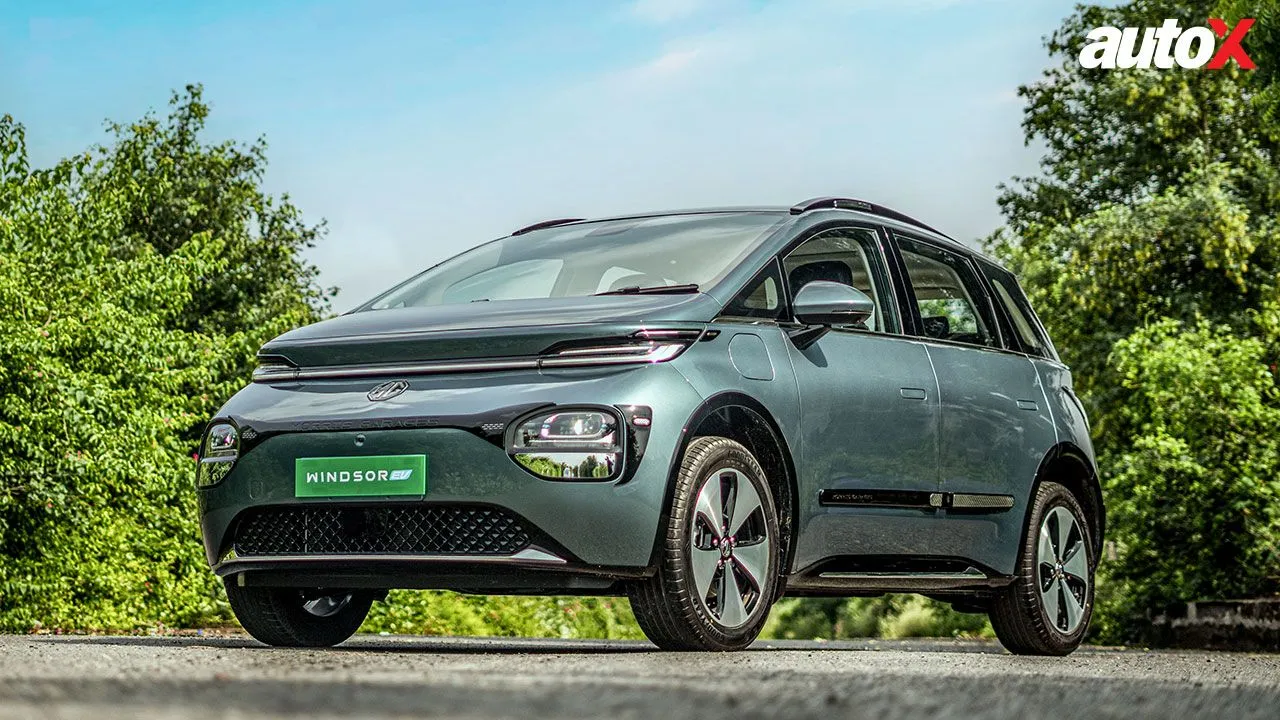
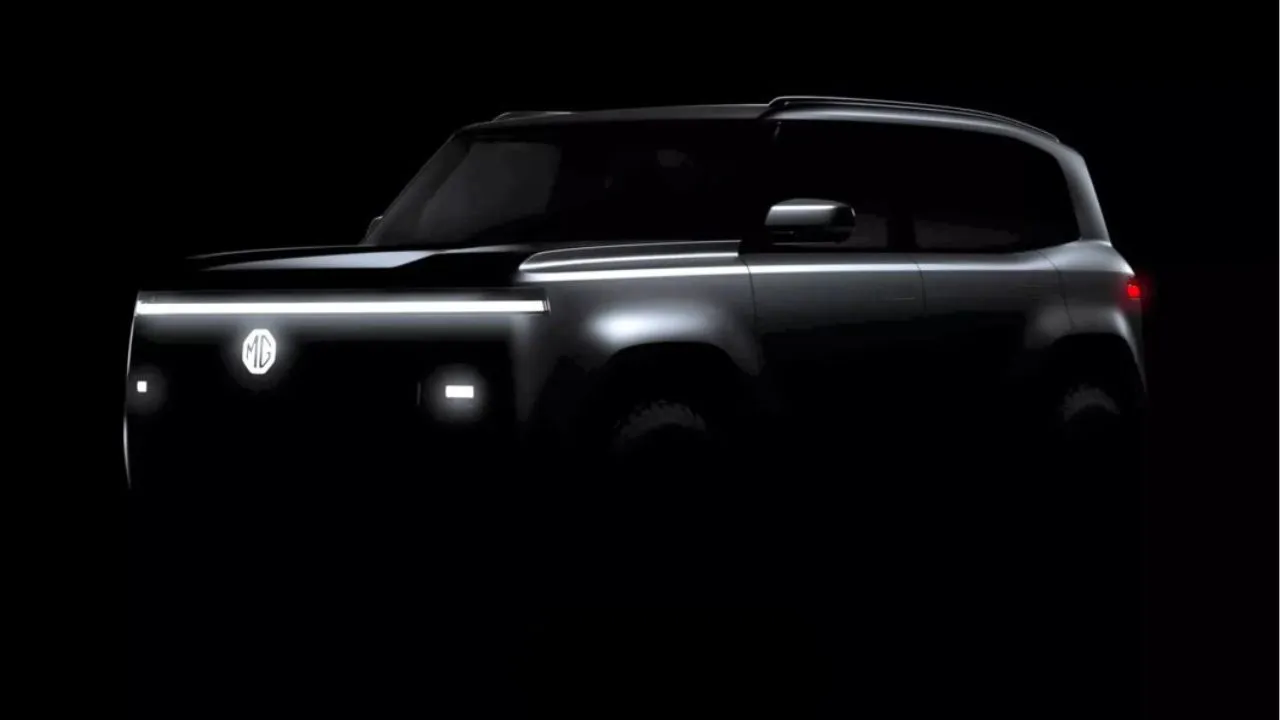

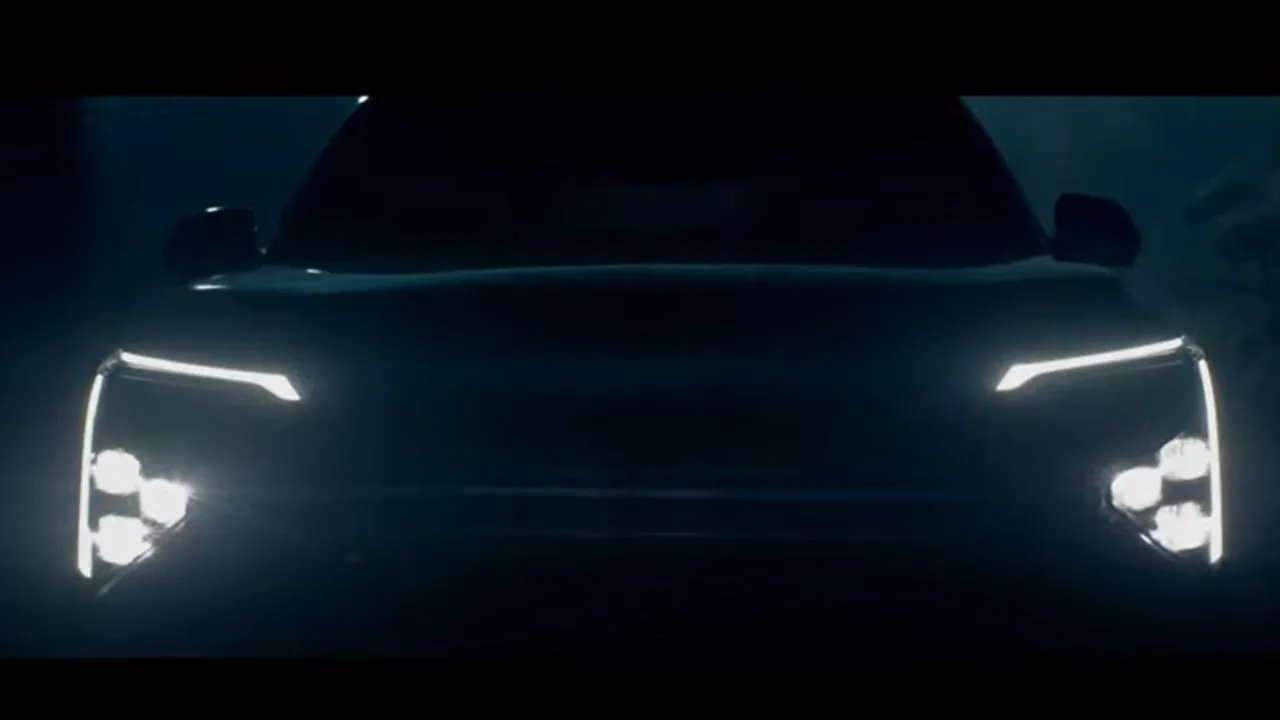
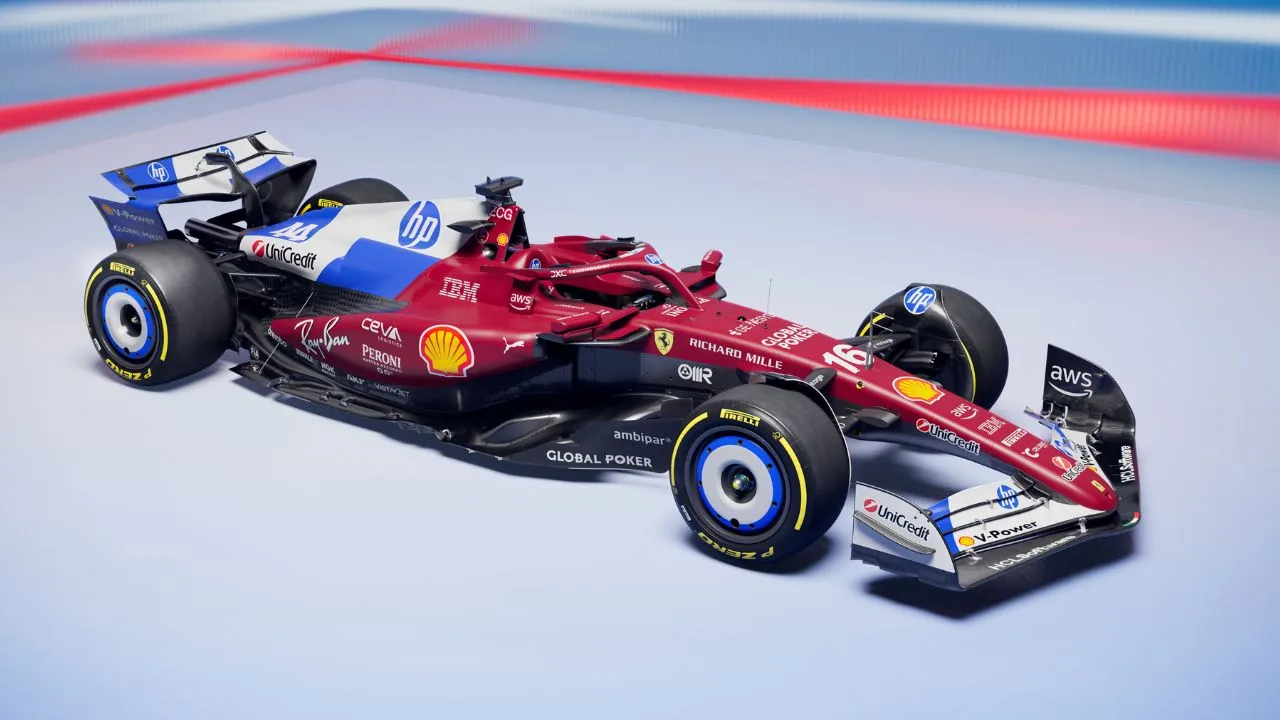

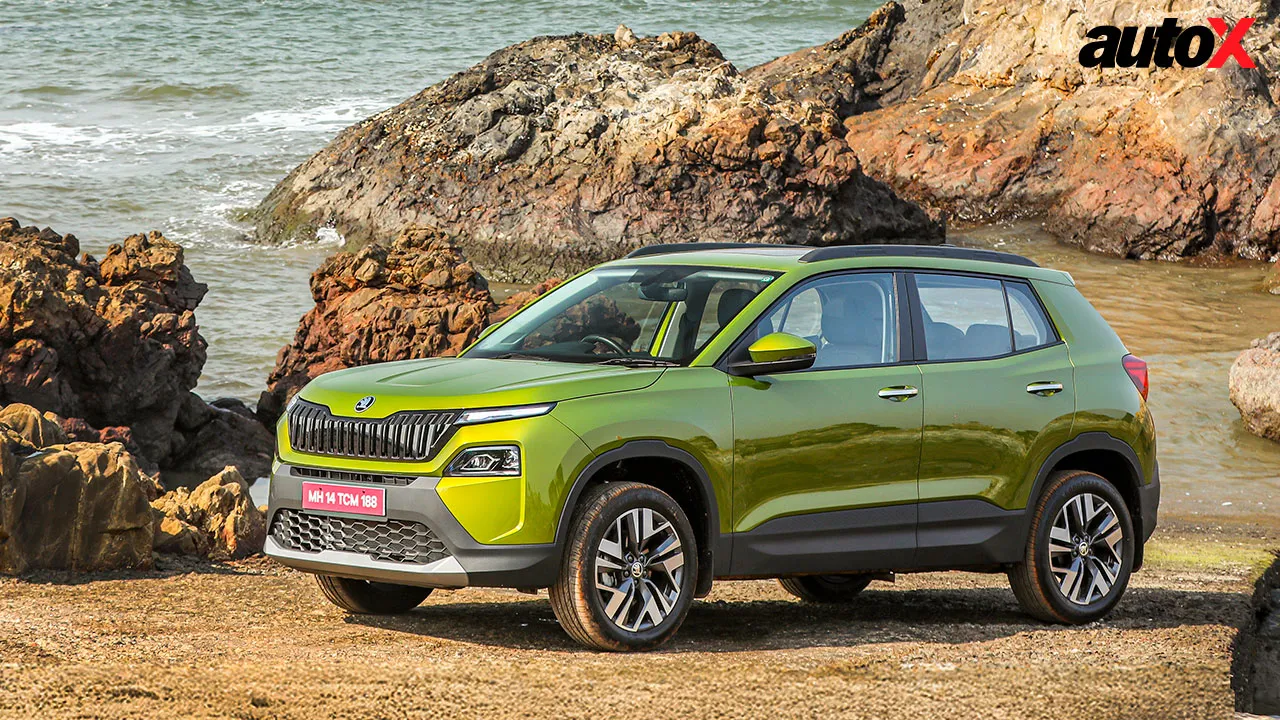
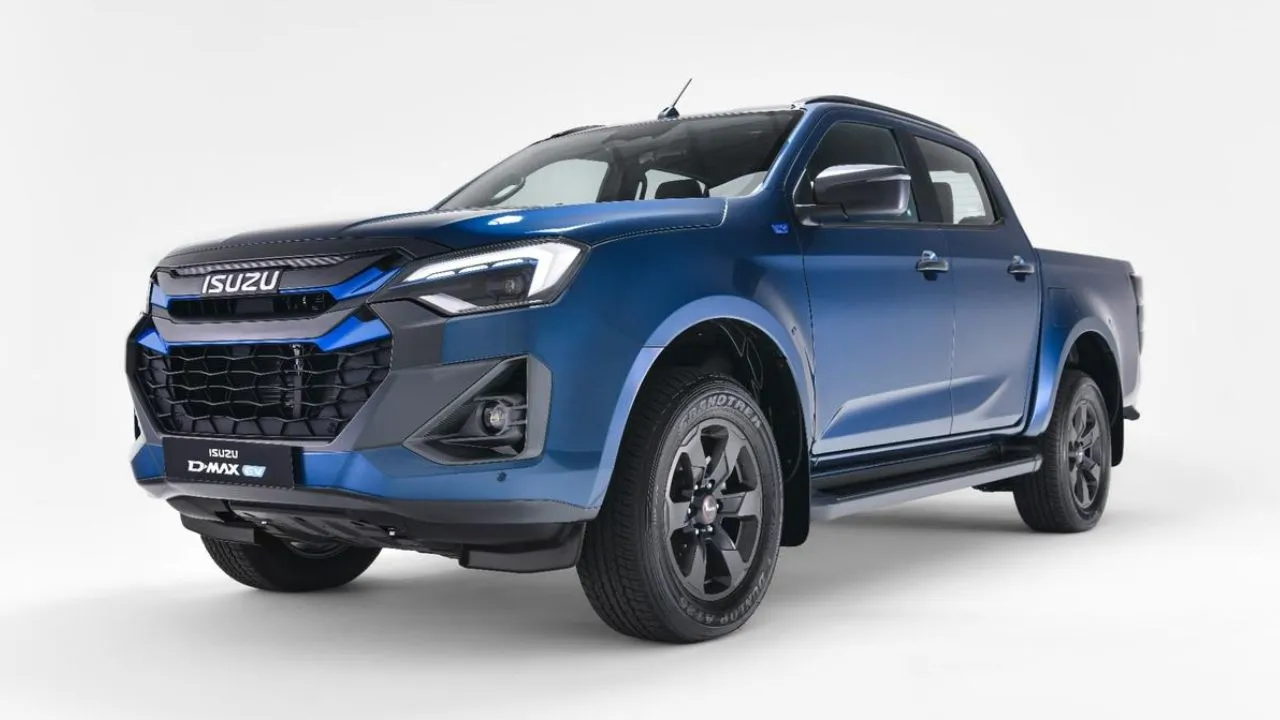


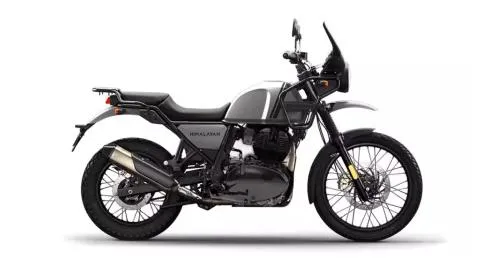
















Write your Comment on